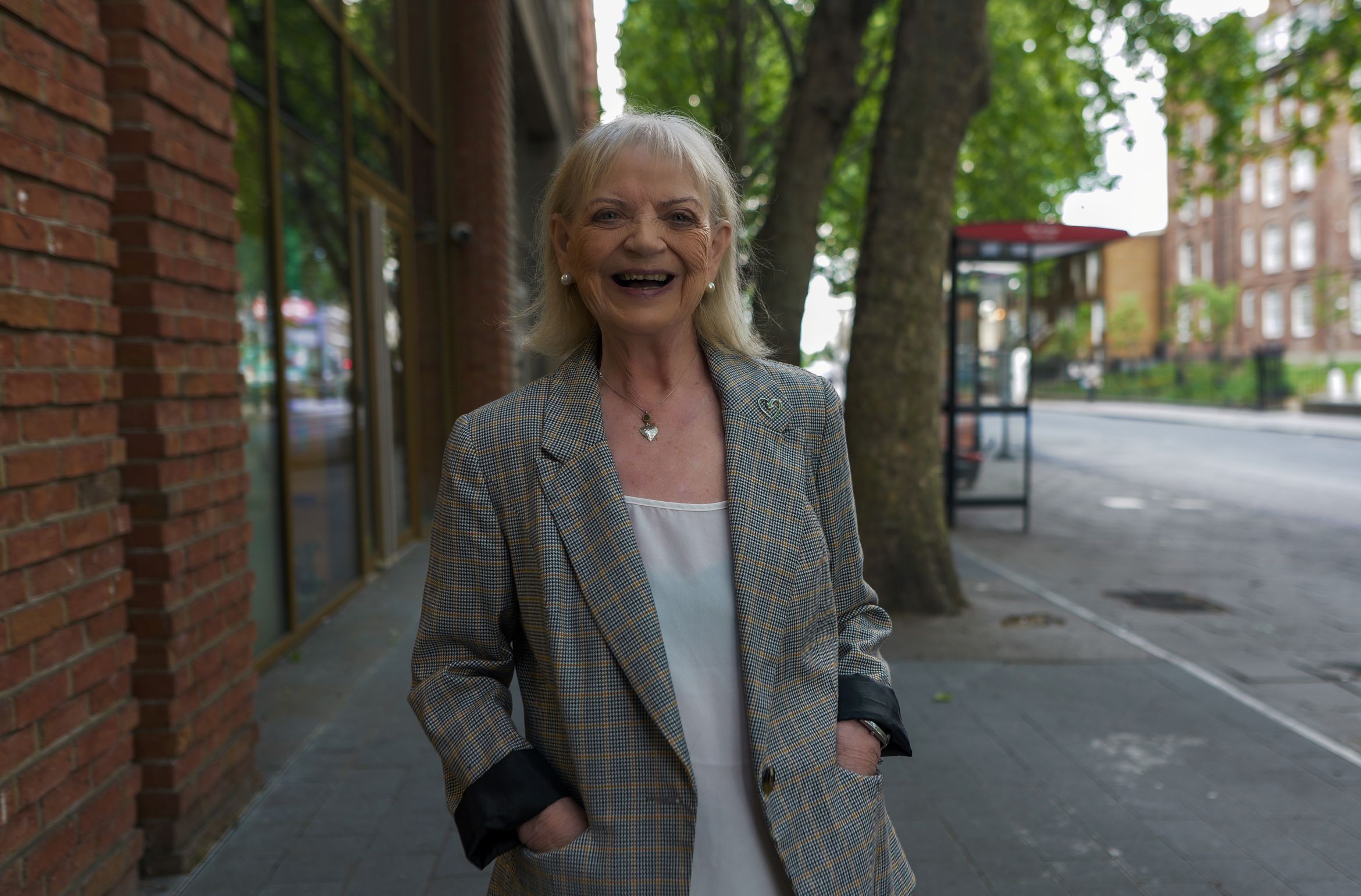
I’m originally from Zambia and Zimbabwe, but I’ve been living in the UK for the past 28 years. I’m a widow and my late husband died in 1996, from an AIDS-related illness.
My husband was losing weight and becoming forgetful. Eventually, a doctor suggested an HIV test. He tested positive, and I was tested at the same time. I was also living with HIV.
The AIDS epidemic in the 1980s and 90s looked very different depending on who you were. Back then, many people thought that HIV only affected gay men and people of colour. That’s part of the reason it took so long for my husband to be diagnosed – because he was a straight white man.
Even though we came from a country where HIV was common, none of the doctors we saw ever suggested an HIV test, until it was too late. It was the same for me. When I became unwell, my GP sent me for every test imaginable, except HIV.
Quote text‘We saw others around us dying from the virus, but we were arrogant enough to think it wouldn’t touch us. Over the years, I’ve seen that HIV can affect anyone, and it’s doesn’t discriminate.’

Stigma and misinformation
When I moved to the UK with teenage son in 1997, I hoped attitudes would be different. In some ways they were, but not always in a good way. Back home, stigma was more overt. But here in the UK, it’s more hidden, but just as harmful. When people found out I was living with HIV, their attitudes changed. After I appeared in a documentary with Stephen Fry, called HIV and Me which was shown on the TV, someone graffitied 'AIDS' on my car. My son was verbally abused by a group of boys the day after it aired.

Support and volunteering with Terrence Higgins Trust
That’s when I was told to contact Terrence Higgins Trust. They helped me with advice about writing a Will, finding housing, and accessing support services. Later, I worked and volunteered for another organisation that supported people and families affected by HIV. It made a big difference in my life, and especially in my son’s life, as he was a teenager at the time.
About six years ago, I started volunteering with Terrence Higgins Trust again, this time on a project about HIV and ageing. Living with HIV is very different for older people. Because treatment is so effective now, people are living much longer, but this brings new fears. Many of us worry about needing care, at home or in care homes, and how we’ll be treated. Will we be judged when we share our status? Will people understand? We don’t want to go back into the HIV 'closet.' We want to feel confident sharing our diagnosis.
Then and now
Looking back at the early 1990s, I do think things have improved. People are more aware of stigma and cautious about saying the wrong thing. But other health conditions don’t carry this kind of stigma.
Not long ago, a woman came to my house to put up shelves. I told her I had HIV, and she was surprised. She said she never would have guessed, just because I’m a white, older woman. That tells you how much work there still is to do.
The support available today is so much better than it was back then, but in smaller towns and rural areas, it can still be hard to find. Access to things like PrEP isn’t always equal. That’s why the work of Terrence Higgins Trust is still so vital. They’re keeping HIV visible in public consciousness, making sure people know that it hasn’t gone away.
What's next?
If we want to reach the goal of no new cases of HIV by 2030, we have to keep this momentum going. That means raising awareness, fighting stigma, and making sure people are on the right treatment, because people who are on effective medication can’t pass on HIV.
We also need to make sure that older people living with HIV are supported. Many of us older people worry about how we’ll be treated if we need help at home or end up in care. We’re afraid of being judged, of having to hide our status again. We don’t want to go backwards.
I’m proud to have volunteered with Terrence Higgins Trust, because their work makes a real difference. They help people understand that HIV is manageable. That it hasn’t gone away. And that we’re all responsible for ending stigma and stopping new cases.
HIV isn’t something to be ashamed of. It’s a health condition, nothing more, nothing less. And until the world truly sees it that way, I’ll keep telling my story. Because it matters.



